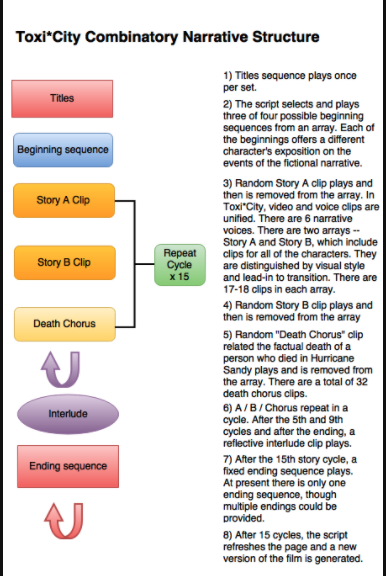Refugees
UN Landmark case for people displaced by climate change
Author redacted
Date redacted
Refugees, including those caused by climate change, are a byproduct of government needing to control their population's access to resources. The territorial border functions as a population filter. A biopolitical border extends much further. This is because people can leave and enter territorial borders while being a part of, or not being a part of, the population (Foucault 2007). The biopolitical border defines inclusion and exclusion of peoples access to resources. For example illegal immigrants don’t have the protections of a legal resident, such as those provided by the legal and healthcare systems, even when they are inside the territorial border. It is the necessity of defining who is excluded from biopolitical care that makes biopolitical borders important (Foucault 2007).
Unlike illegal immigrants, refugees tend to be the exception to territorial borders because, as much as there is fake news surrounding their negative impacts on society, they actually help the population. The racism often portrayed in the media, and by our politicians, is eerily similiar to Foucault’s ‘thanatopolitics' which “refers to the voices biopolitics lets die” (Murray 2018, p.718; Foucault 1979) Refugees are often amongst those that biopolitics ‘lets die’ and it’s because we use ‘state racism’ as a device used to differentiate the population being catered for by biopower from those who are excluded (Foucault 2003; Kelly 2010); “Those outside are declared a different 'race'"(Kelly 2010, p.5). This discourse of racism, in relationship to power, means ‘exclusion’ (Kelly 2010).
Because of each government's sensibility towards controlling their own populations, there are some global rules in place, especially in regards to our treatment of refugees. However these are only used under circumstances in which the government irreprehensibly fails. The costs of taking in refugees are in favour of the territory, despite many claims otherwise. As Kelly explains, governments of the new country get workers without having to pay the costs of childhood, though there is a debate over the costs of aging and illness (2010, p.7). There is also a global cost as this movement across borders “strengthens recipients population at the expense of the one that raised them” (Kelly 2010, p.7). This leads to Foucault’s term ‘biopolitical parasitism’ and is why so many countries have skills required for a work visa; “rich countries draw on life from the pool of humanity outside its population” (Kelly 2010, p.7).
While global governmentality has never been achieved, governments can, and do, use international aid to control pandemics and populations outside of their own (Kelly 2010, 10-12). According to Kelly, humanitarian aid “neither kills people nor let them live— rather it makes them live” (2010, p.11). One of the reasons the first world must commit to helping the third world is because it is the third world who are wearing the costs of former's decisions. “It is obvious that the first world are the primary producers and beneficiaries of the agents of climate change, and that the third world will bear its brunt disproportionately” (Kelly 2010, p.16). The first world is not willing to sacrifice their own biopolitics, especially when it is not them who have been feeling many of the impacts of climate change.
One thing often unaccounted for by governments are the citizens who become refugees within their own country. An example of this in electronic literature is Toxi.City, a work of electronic literature by Scott Rettberg and Roderick Coover. Toxi.City is a short film made up of segments that are reordered each time the viewer watches so that the narrative is never the same. In doing so it tells the story of both the impacts of climate change in the near future, and the real stories of those displaced or killed by Hurricane Sandy. This creates a chorus of stories about death and displacement (Rettberg and Coover 2018). On each run, different characters are given more or less focus. According to co-creators, Scott Rettberg and Robert Coover; “one of the functions of art about climate change is looking at that imminent horizon, both in an analytical kind of way, but also in an empathic kind of way” (2018, p.4).

Not sponsored
About
AUTHOR WRITES GREAT THINGS: Local author writes next great work while in COVID19 quarantine.
About
MORE PEOPLE MAKING ART: More people are turning to art amid COVID19 social distancing restrictions.